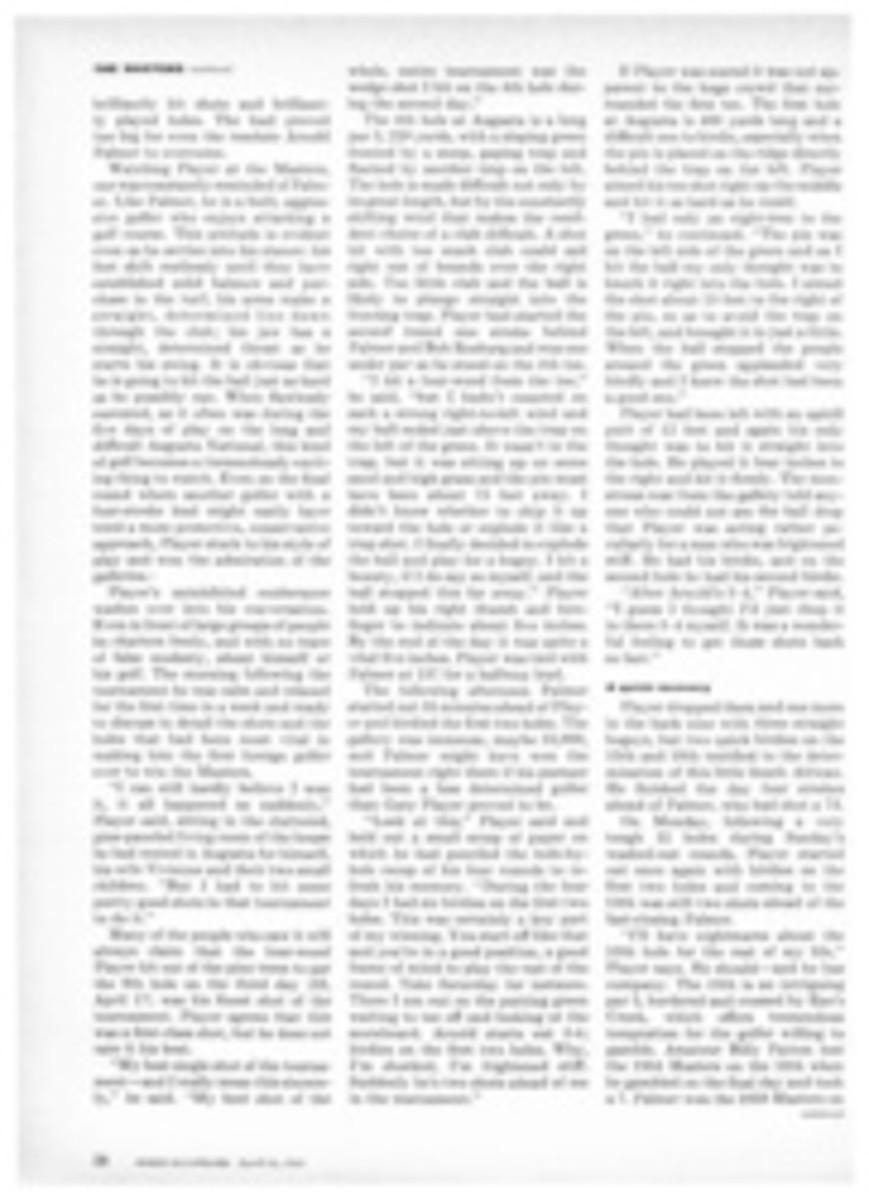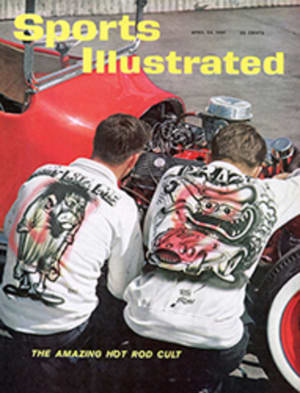
'Moppie' in the money
The start of the Miami-Nassau motorboat race last week brought out the strangest collection of power craft ever assembled for one event. Souped-up fishing boats, cabin cruisers, inboards and outboards, catamarans and trimarans growled their impatience to begin the long dash across the Gulf Stream.
Almost every boat was backed by the money of a major hull or engine manufacturer. Dick Bertram, whose fiber-glass Moppie ran off with last year's brutal test (and so much publicity that Bertram set up a $2 million operation to turn out Moppies for everybody), had entered two sister ships of the 1960 winner. Carl Kiekhaefer, the hard-bitten boss of the Mercury outboard factories, sent down three entries and a pink-tailed seaplane that the drivers followed across the open ocean. Even the automobile engine makers were in Miami. Pontiac, Chevrolet, Cadillac and Chrysler put motors into anything that looked as if it had a chance.
"Every man here," said Bertram, "thinks he has the best rough-water boat around. Now he can find out."
The start was scheduled for the morning of Wednesday, April 12, but the Miami weather bureau cast its official eye out to sea and passed a verdict on the course: "Too rough." Up went the small-craft warning and down went the hopes of the big, rugged inboards.
"This is supposed to be the greatest test of man and boat in the world," grumped Terry Kilborne, driver of the heavy-weather RX-1. "Now they are making a picnic of it." The owners of the light-hulled outboards were of a different mind. Ray Barnett, skipper of the 22-foot Langer's Outboard, sat up all night, a pitcher of Martinis in one hand and a phone in the other, pleading with the weather forecaster: "Remember all the little fellows in the race."
The weatherman remembered, and Thursday morning put off the start for one more day. Cheers from the outboarders, boos from the inboarders—all but one. The one was Sam Griffith, who drove the winner for Bertram in 1960 and was at the helm of one of the new Moppies for this year's race. Griffith ordered his boat pulled up on a hoist, then waited. When Friday morning broke calm and clear, Griffith tore everything out of his Moppie that could come off to make her lighter, and smeared her bottom with a coat of graphite.
The race went off at 7 o'clock. From the gun, Griffith (sixth from the top at right) had his boat out in front. Halfway to Nassau he was still leading, charging through a stretch of the Gulf Stream which in normal times is racked by a wicked cross-chop, but this day was smooth as Moppie's bottom. By the time he turned into Nassau Harbor, he was so sure of victory that he throttled back his engines and danced a victory jig as he powered over the finish line. Two minutes, 15 seconds behind him came Forest Johnson in a 34-foot cruiser; third was Moppie's sister ship, the Fun; and in fourth, fifth, seventh and ninth were a pack of delighted outboard drivers. Terry Kilborne, who finished 13th, spent most of the 180-mile run taking naps, drinking beer and waving sadly to the outboards that skipped by. Like a number of the other big inboard skippers, he felt that he had been done in by the weather. In cold fact, however, he had been done in by Griffith, Bertram and the fast-moving Moppies.
"This thing is pretty healthy for an operation like ours," said boat-builder Bertram afterwards. "It gives us an incentive to try things out that will go into the production models to make them more seaworthy." It was also doing quite a bit to keep the Bertram Yacht Company floating high in the boating market. Already turning out $5 million worth of hulls per year as a result of the 1960 victory, Bertram was going to lose no business whatever by finishing first and third in '61.
PHOTO

